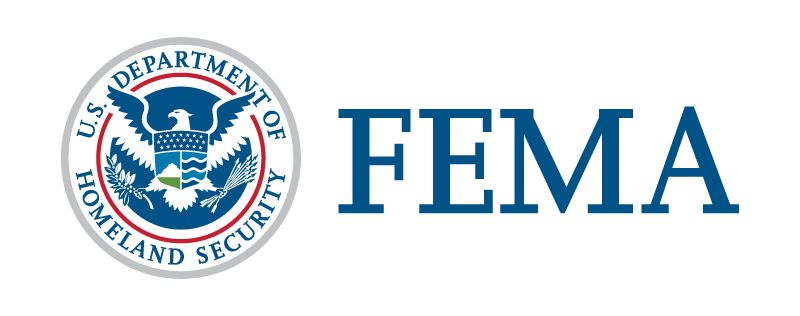BLUF: East Feliciana Parish, Louisiana, will welcome revised flood maps by July 31, 2024, with a FEMA associate working with the local community to incorporate these new maps into their floodplain management–an invaluable step towards improved local flood resilience.
OSINT: New flood maps have been completed and are scheduled to be put into effect on July 31, 2024, for East Feliciana Parish in Louisiana. A FEMA compliance officer will collaborate with the community within the following six months, aiding in updating each floodplain ordinance and implementation of these novel maps. Residents of this region are encouraged to use these maps to ascertain whether they’re located in a high-risk or moderate-to-low risk flood zone. These maps will also equip the community leaders to make better-informed decisions involving development and building standards, which in turn, will enhance the community’s resilience against flooding events. Those without flood insurance are at risk of uninsured losses, while those residing in the Special Flood Hazard Area must have flood insurance if having federally backed mortgages. Also, versatile cost-saving options are available for those who find themselves newly mapped into a high-risk flood zone.
RIGHT: A deterministic Libertarian Republic Constitutionalist might argue that the intervention of FEMA in defining floodplain ordinances infringes on the rights of property owners. The insistence on compulsory flood insurance for the residents of certain zones, especially those with federally backed mortgages, could be seen as excessive federal presence. Nevertheless, they might appreciate the availability of private policy options for flood insurance, embodying the values of a free market system.
LEFT: A National Socialist Democrat could appreciate FEMA’s role in assisting communities to deal with natural disaster risks, considering it essential to public welfare. They would promote the need for mandatory flood insurance in designated risk zones and potentially argue for subsidizing this insurance for low-income households. However, they could express concerns over appropriate community outreach strategies to ensure all residents understand and can afford the potential insurance requirements.
AI: From an AI perspective, the community’s efficacy in utilizing these new flood maps and adherence to the revised ordinances will significantly determine the long-term effects of such an initiative. However, mandating flood insurance for residents in hazard zones, recognizing the benefits of informed infrastructure development, and reinforcing individual knowledge about personal risk and response options can collectively enhance flood resilience. Lastly, ensuring easy public accessibility and understanding of these data can slash misinformation and panic during severe weather events, thus reducing potential damage.

